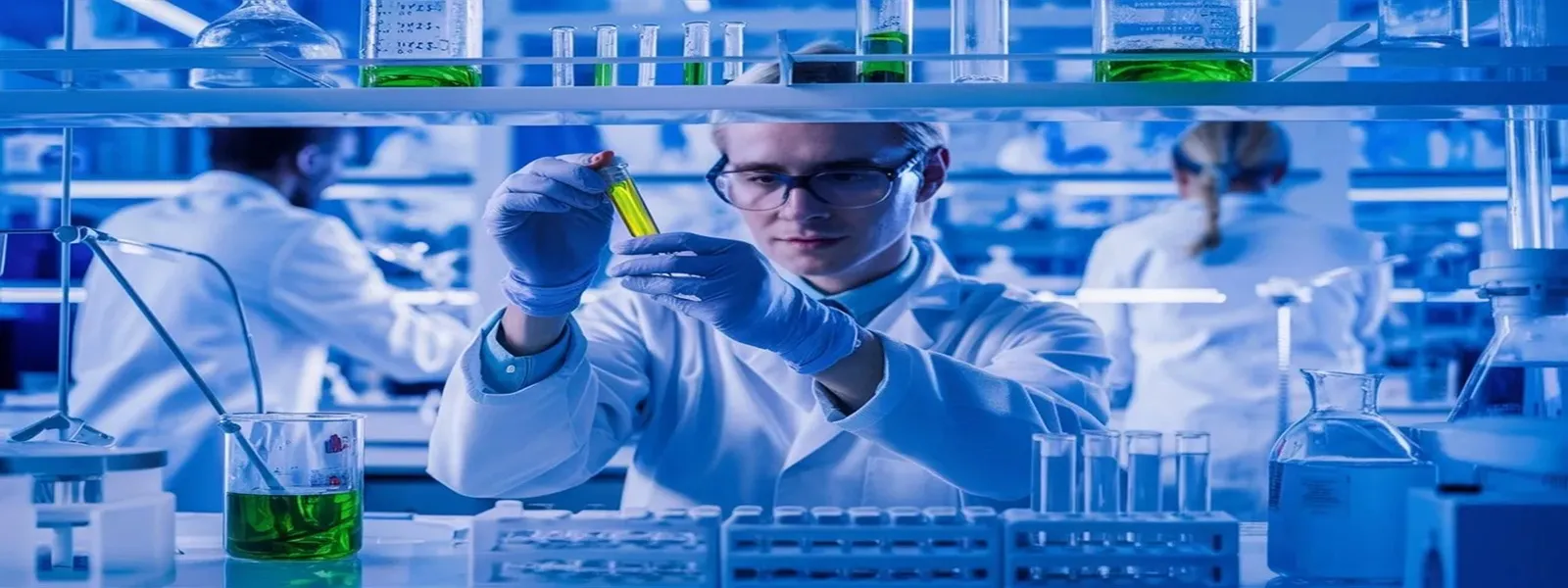In a major step forward for regenerative medicine, scientists at the University of Cambridge have grown embryo-like structures in the laboratory that can produce human blood cells.
The breakthrough, detailed in Cell Reports, could pave the way for new treatments that use a patient’s own cells to repair or replace damaged tissues — including bone marrow and blood stem cells.
Researchers at the Gurdon Institute in Cambridge developed the models using human stem cells, which can be created from almost any cell in the body. By observing how these cells naturally form blood and heart tissue, scientists are uncovering vital clues about early human development and potential medical therapies.
“It was an exciting moment when the blood-red colour appeared — visible even to the naked eye,”
said Dr Jitesh Neupane, first author of the study.
“This sheds light on how blood cells form during human embryogenesis, helping us model blood disorders like leukaemia and test new medicines safely.”
Recreating Early Stages of Human Development
In the lab, the team watched as stem cells organised themselves into a three-dimensional structure that mimicked a human embryo at three to four weeks of pregnancy.
By day two, three distinct layers — ectoderm, mesoderm, and endoderm — had formed, representing the earliest foundations of the human body.
By day eight, some cells began to beat like a tiny heart. And by day 13, blood stem cells had appeared, forming visible red patches. These cells were then shown to mature into oxygen-carrying red blood cells and white blood cells vital to immune function.
This marks the first time scientists have observed human blood emerging naturally in a stem-cell-derived embryo model — an achievement that could one day revolutionise how blood disorders, cancers, and immune deficiencies are treated.
Towards Patient-Specific Regenerative Therapies
The long-term goal is to create patient-specific blood and tissue for transplants and treatments, eliminating the need for donor matching and reducing the risk of immune rejection.
Unlike earlier lab techniques that depend on complex chemical “recipes”, this new approach relies on self-organising cell systems that imitate how the body naturally develops.
This makes the process more biologically accurate — and potentially safer for clinical use.
“Although still in its early stages, the ability to produce human blood cells in the lab is a significant step towards future regenerative therapies,” said Professor Azim Surani, senior author of the study.
“It brings us closer to repairing and regenerating tissues using a patient’s own cells.”
Ethical and Safe Science
The embryo models were carefully designed without tissues that would develop into the placenta, yolk sac, or brain — meaning they cannot develop into a foetus.
This safeguards ethical boundaries while still enabling scientists to study crucial developmental processes.
Dr Neupane described it as “a minimalistic system” that allows researchers to focus purely on understanding how cells form, communicate, and differentiate — safely and responsibly.
Why This Matters
This UK-led research could transform the future of personalised medicine, blood disorder treatment, and organ repair.
By unlocking how the human body builds itself, scientists are laying the groundwork for therapies that may one day repair hearts, restore immune systems, or replace damaged tissue entirely — using only the patient’s own cells.
Source: The Guardian


